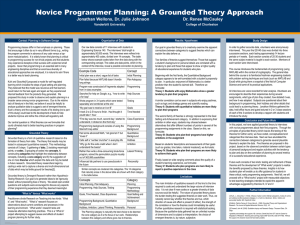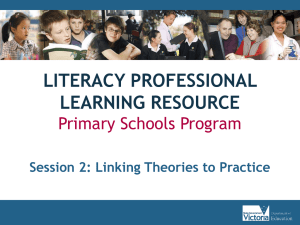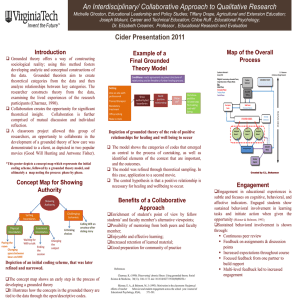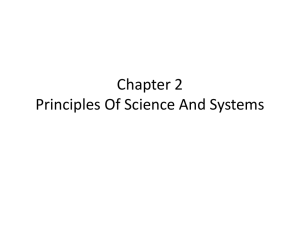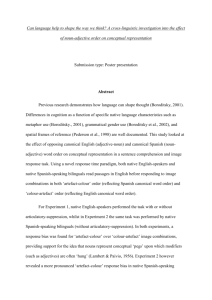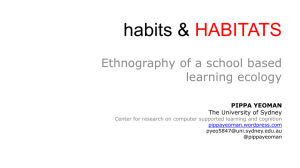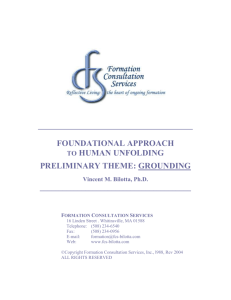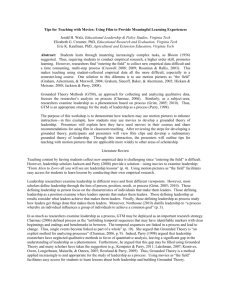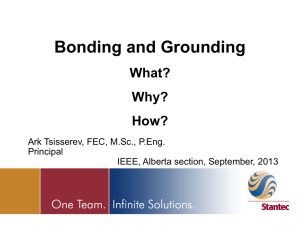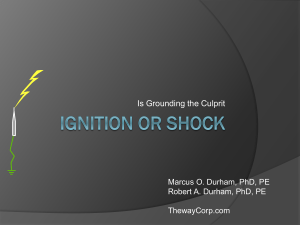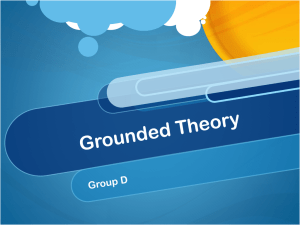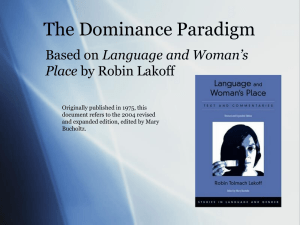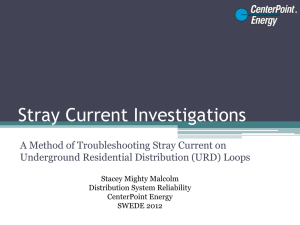presentation
advertisement
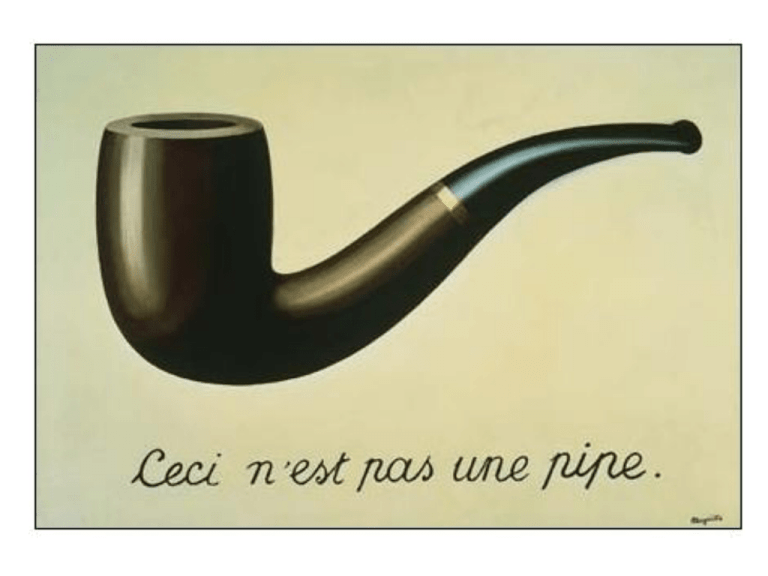
Grounded cognition. Barsalou, L. W. (2008). Annual Review of Psychology, 59, 617-645. • Grounded theories versus amodal representations. – Recapitulation of the sensory environment through simulation. – Simulation is different mental imagery. – Embodied versus Grounded Cognition: • Mistaken assumption that bodily states are necessary for cognition. • Correct assumption that conceptual representation is connected to perceptual experience. Misconceptions about grounding. • Grounded theories are not strictly empiricist. • Grounded theories are seen as passive information capture, void of computation. • Grounded theories utilize more than sensory motor experience. • Grounded theories do not depend on bodily states or complete simulation of experience. Theories of grounding. • Cognitive Linguistic (Lakoff & Johnson, 1980): – Abstract concepts are built metaphorically through percepts. – Boroditsky, L. & Ramscar, M. (2002). The Roles of Body and Mind in Abstract Thought. Psychological Science, 13, 185-189. Boroditsky and Ramscar. • Wednesdays meeting is moved forward two days. What day is the meeting now? – Monday (time moving or allomotive). – Friday (self moving or egomotive). Boroditsky and Ramscar. Boroditsky and Ramscar. Boroditsky and Ramscar. Theories of grounding. • Cognitive Linguistic (Lakoff & Johnson, 1980). • Situated Action Theories (Clark, 1997): – Perception and action are bound together during goal achievement. – Seems like the action affordances of Glenberg (1979), but uses dynamic systems to explain representation. Theories of grounding. • Cognitive Linguistic (Lakoff & Johnson, 1980). • Situated Action Theories (Clark, 1997). • Simulation Theory: – Perceptual Symbol Systems (Barsalou, 1999). • The interaction of language and simulation. – Memory Theories (Glenberg, 1997). – Social Simulation Theories (Goldman, 2006) • Mirror circuits and the inference of intention. • To empathize, we simulate our own emotional states. Evidence of grounding. • There’s a lot of it… but some examples: – Perception action coordination (e.g., action simulations speed object recognition, reaching and grasping, etc). – Perception of space is highly phenomenological. – Property verification based on sensory attributes (HORSE and MANE). – Neuropsychological evidence (e.g., visual lesions animal naming, motor lesions tool naming). – Neuroimaging (e.g., activation of sensory areas in property identification). Evidence of Grounding. • Reasoning: – Physical Reasoning – Abstract Reasoning • Goldstone, R., Landy, D., & Son, J. Y. (in press). A well grounded education: The role of perception in science and mathematics. Draft prepared for Symbols, Embodiment, and Meaning Debate, held December 1618, 2005. Goldstone et al. 3 * 4 3 + * 4 + 2 2 * 6 =? * 6 =?


